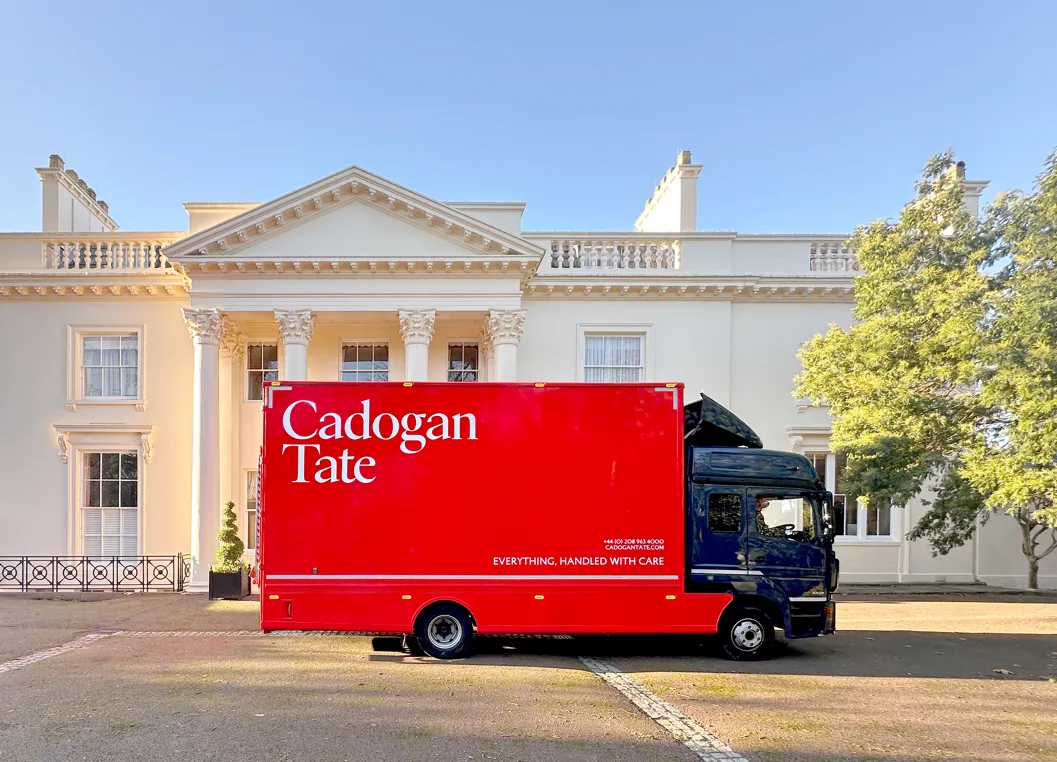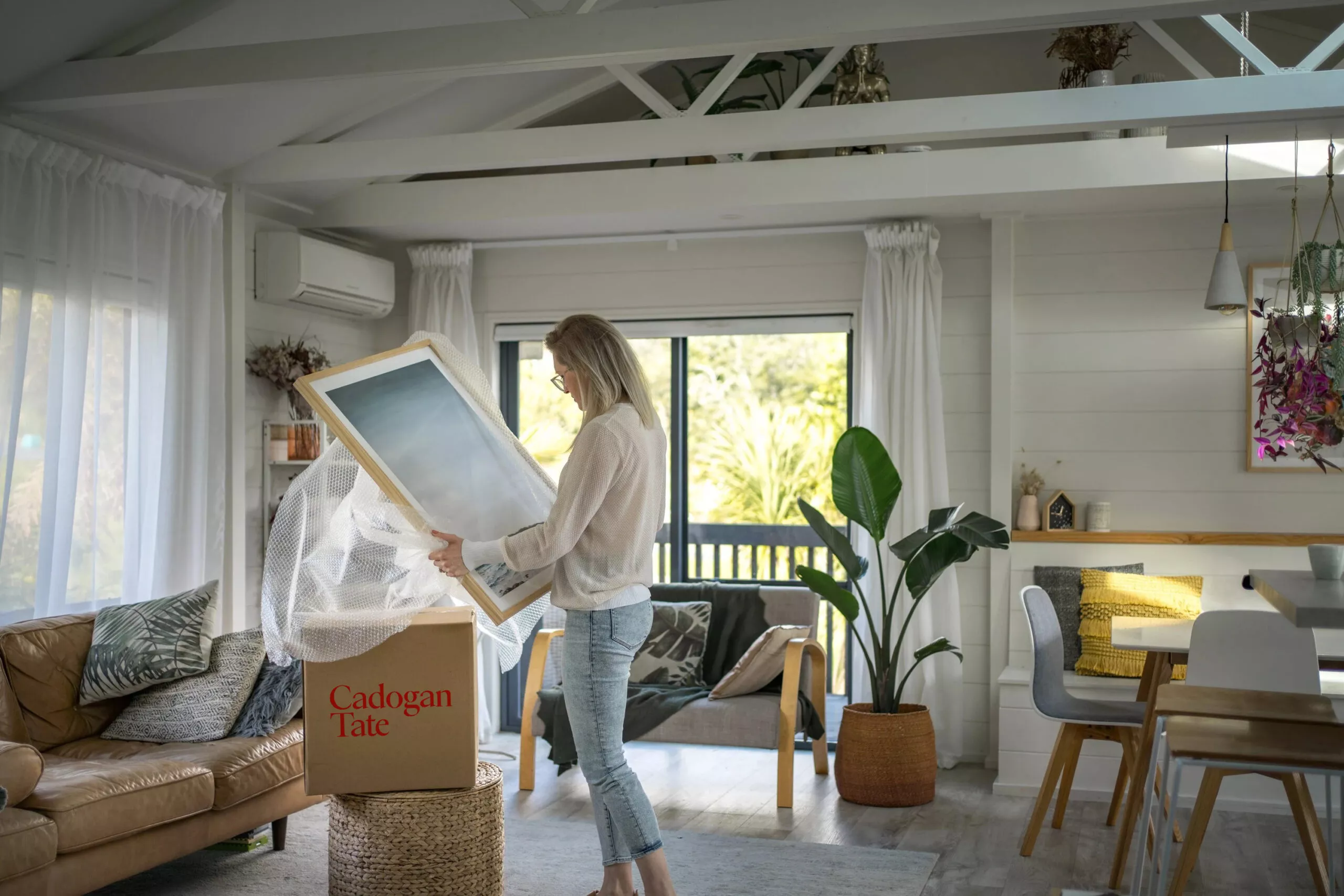Sarah Thornton on what an artist is
Sarah Thornton, described by the Washington Post as being the “Jane Goodall of the art world” – a personal and professional compliment – has been looking deeper and further into psyche of contemporary artists.
It’s the premise of her latest book, 33 Artists in 3 Acts. In an engaging style, she examines, with academic vigour, the nature of those who follow their heart and pursue a career as an artist.
Dr Thornton spent four years working on the book, which saw her clock up several hundred thousand air miles. During this time, the writer and sociologist met with 133 artists, spending time with them at work and probing them about their motivations.
She appreciates the limitations of her study. Most of the interviewees were born in the fifties and sixties and she herself, by virtue of her interest and involvement in art – has worked as a contemporary art critic for the Economist – is biased. For example, in her book, she acknowledges certain prejudices. This includes a proclivity to engage with artists who are “open, articulate and honest”.
Nevertheless, she delivers a fascinating survey into the state of art today – all research has its limitations, its skewered variables – that complements much of the literature that has already been penned. A case in point is the structure. The three acts are organised around politics, kinship craft, which Dr Thornton comments as being “rubrics that you might find shaping a classic anthropological tome”.
“They are not typical of art criticism or art history, but, through research, I discovered that they demarcate the ideological border that differentiates artists from non-artists, or ‘real artists’ from unimpressive ones,” she writes.
“Politics, kinship and craft also happen to embrace some of the most important things in life: caring about your influence on the world, connecting meaningfully with others, and working hard to create something worthwhile.”
So, what is an artist then, within the prism of Dr Thornton’s study? We find the obvious, like discipline and ambition, the ability to ignore the pacifying nature of mass media and consumerism and the motivation to keep on working, late into the night.
Beyond that, there is the opaque, the shared sense of wonder and disbelief, and their ability – in the words of the author – “to create and preserve myths that give clout to their work”. What can be inferred from that is the ‘haze of impulse’. The short answer is that no one can ever know what compels an artist, contemporary or otherwise to make art.
Some call it a gift of god; others class it as the fortune – or misfortune – of the particular composition of a cluster of atoms. We can’t all sing, dance or paint effortlessly, yet others can and when they do, through a mixture of nature and nurture (the latter didactic and autodidactic), amazing, beautiful and affecting things can be made, and what a wonder that is.
Cadogan Tate, experts in fine art shipping, works with museums, galleries and artists to deliver secure art storage solutions.



